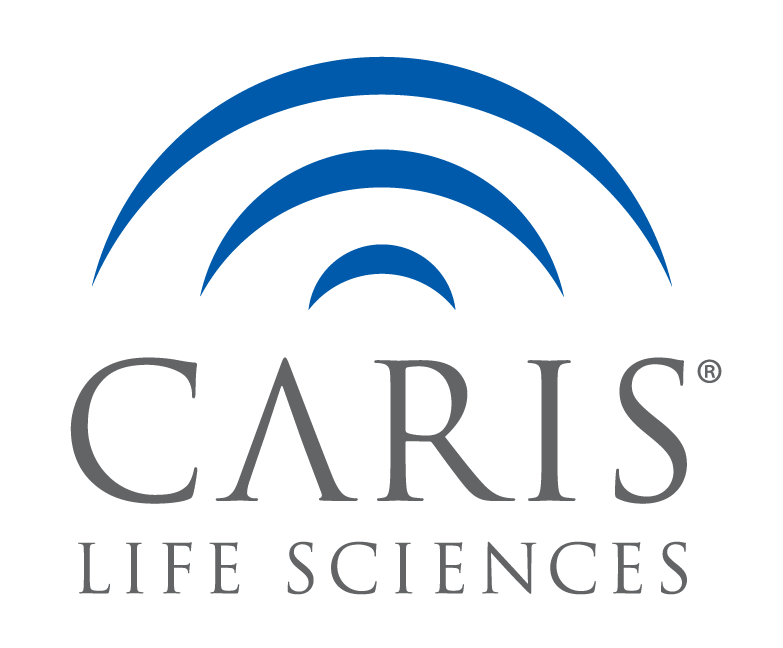Background: Human epidermal growth factor receptor 2 (HER2) expression has been associated with poor prognosis in urothelial carcinoma (UC). Recent data suggests that HER2-targeted antibody-drug conjugate (ADC) treatment is efficacious. Here, we explore the role of ERBB2/HER2 expression in UC by analyzing genomic and clinical outcomes in a large database of real-world patient samples.
Methods: NextGen Sequencing (NGS) of DNA (592 genes or whole exome sequencing; WES)/RNA (whole transcriptome sequencing; WTS) was performed for 4,743 UC tumors submitted to Caris Life Sciences (Phoenix, AZ). PD-L1 (SP142; Positive (+): ≥ 2+, ≥ %5) and HER2 (4B5; +: ≥3+ and >10%) expression was tested by IHC. High tumor mutational burden (TMB-high) was defined as ≥10 mutations/MB. ERBB2-high and -low expression were defined as ≥ top and < bottom quartile of ERBB2 transcripts per million (TPM), respectively. Mann-Whitney U and X2/Fisher-Exact tests were applied where appropriate, with P-values adjusted for multiple comparisons (p < .05). Real-world overall survival (OS) information was obtained from insurance claims data and Kaplan-Meier estimates were calculated for molecularly defined patients.
Results: 2.5% (120/4743) of tumors had HER2 IHC and WTS data available, 97% (61/63) of HER2+ tumors were ERBB2-high, and 98% (51/52) were ERBB2-amplified by DNA NGS (copy number ≥4; 77% with copy number ≥6). Tumors from lower tract UC had higher ERBB2 expression compared to upper tract UC (50 v 40 median TPM (mTPM), p < .001). ERBB2 expression was similar between primary and metastatic tumors (47 v 47 mTPM, p = .95) but significantly higher in lung metastases (59 v 47 mTPM, p < .001). Mutation rates of ERRB2 (12%), pTERT (76%) and ELF3 (14 %) were higher in ERBB2-high compared to ERBB2-low tumors (5%, 60%, 5%, all p < .001). The opposite pattern was observed for CDKN2A (4% ERBB2-high, 9% ERBB2-low), KMT2D (20%, 35%) and PIK3CA (13%, 23%) (all p < .001). There was a higher incidence of PD-L1+ staining in ERBB2-low (40.3%) compared to ERBB2-high tumors (18%, p < .001). 45.4% of ERBB2-high tumors were TMB-high compared to 35% of ERBB2-low (p < .001). ERBB2-high tumors had higher expression of ADC target genes NECTIN4 (12 v 8 mTPM) and TACSTD2 (366 v 74 mTPM) compared to ERBB2-low (each, p < .001). ERBB2-high tumors were associated with better overall survival from time of tissue sampling than ERBB2-low (HR 1.34, 95% CI 1.14-1.60, p < .001) and from start of anti-PD-L1 therapy (HR 2.26, 95% CI 1.02-5.02, p = .04) but no difference in OS from start of anti-PD1 therapy (HR 1.39, 95% CI 0.75-2.58, p = .30).
Conclusions: High concordance between HER2 IHC and ERBB2 expression/amplification was observed. Differences in the genomic landscape and ADC target expression of ERBB2-high vs -low UC may provide rationale for combination treatment strategies with HER2-blocking antibodies. The association between high ERBB2 expression and survival advantage warrants further investigation.

